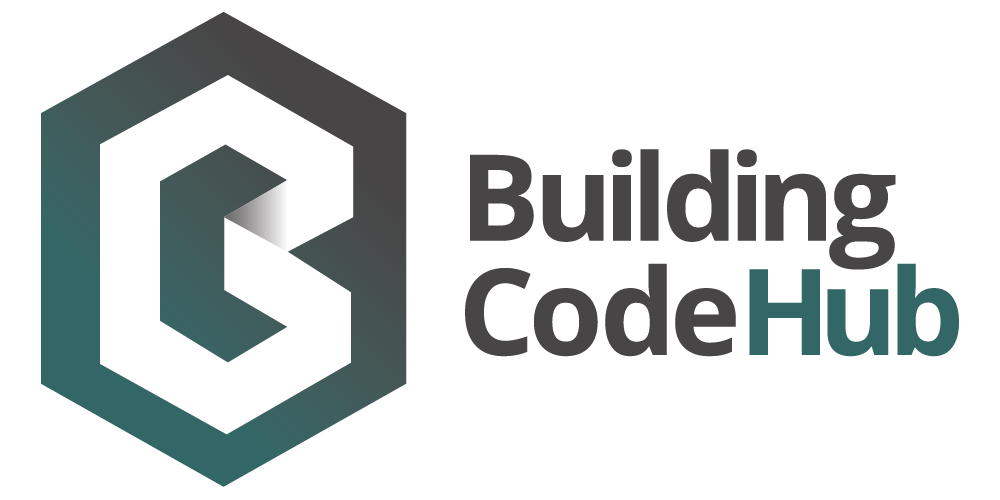BU649 Corrosion of Metals in New Zealand Buildings
- Abbreviation
- BU649
- Valid from
- 1/05/2020
- Information provider
- BRANZ Limited,
- Information type
- BRANZ Bulletin,
- Format
- PDF,
Description
Corrosion is a chemical or electrochemical reaction between a material and aggressive substances in its surrounding environment. The interaction normally leads to the material being consumed and a reduction of performance, durability and/or visual attractiveness.
A common example of corrosion is the rusting of steel, which converts the metal into compounds such as oxides, hydroxides or sulphides.
The economic cost of corrosion is enormous. One New Zealand estimate put it at the equivalent of 2.5% of gross domestic product (GDP) or around NZ$7.5 billion, while another put it at NZ$9 billion. International studies have estimated the annual cost of corrosion as the equivalent of 2-6% of GDP.
The costs of corrosion often extend well beyond replacement of the corroded materials. With a rusty roof, while there is the roof replacement cost, there may also be indirect costs such as water damage to building contents and structures and the costs of alternative accommodation while the roof is replaced. Indirect costs can often be much higher than the direct replacement cost of the corroded materials.
Some overseas research on the cost of corrosion has estimated that 10-40% of the loss is avoidable.
There are many steps architects, designers, engineers and specifiers can take to reduce the impact and cost of corrosion. For example, an understanding of the basic science of metal compatibility (see 3.1) can lead to buildings with enhanced durability and integrity and reduced costs.
Good maintenance is crucial (see 8). This may involve regular inspections, cleaning and reapplication of protective coatings.
Scope
This bulletin gives an overview of the corrosion of metals in New Zealand buildings and explains how corrosion can be reduced and managed. BRANZ scientists have researched corrosion for over 40 years, and much of the content in this bulletin reflects their findings.




